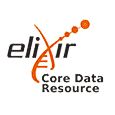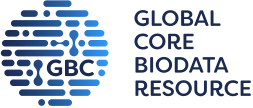
Some structures in the PDB are huge. Complexes with millions of atoms require tens of megabytes to store and experimental map data, especially for electron microscopy, can be several gigabytes. We have recently updated our online viewer LiteMol to enable rapid viewing of 3D structural data of any size. This means that you can examine structures and the underlying experimental map data online and on the move, even if you aren't on the fastest network.
The LiteMol Viewer is the visible member of a suite of software developed along with scientists from the Central European Institute of Technology (CEITEC) in Brno, the Czech Republic. The other components include CoordinateServer and DensityServer that enable the viewer to only download those parts of the data you're interested in. If you're looking at a protein as a ribbon diagram, only the backbone atoms needed to define the ribbon are transferred. Select a residue on the cartoon and the atoms around it are displayed, along with the small part of the experimental map for that area. This avoids the need to download huge files first, a particular problem on mobile devices.
But there's more. We've created an efficient binary version of the standard mmCIF format, called BinaryCIF, which significantly reduces the file size to vastly improve the time required for data transfer.

In the LiteMol suite, data transfer can be massively reduced using the CoordinateServer and DensityServer together with BinaryCIF. It enables almost instant visualisation in the LiteMol Viewer.
Not only can structures be viewed on PDBe's webpages, but LiteMol is part of the PDB component library (meaning it can be installed easily on your webpages too) and both CoordinateServer and DensityServer can be called by 3rd party software as they provide their output in both the standard text-based mmCIF, and BinaryCIF formats.
We hope that the implementation of the LiteMol Suite will enable more people – including teachers and pupils – to explore the world of structural biology more easily, without needing specialist software or amazing download speeds.
For a more detailed look at the LiteMol Suite, read our recent paper in Nature Methods.
The LiteMol Suite is open source, and its components are available from the following URLs:
https://github.com/dsehnal/LiteMol
https://github.com/dsehnal/BinaryCIF


